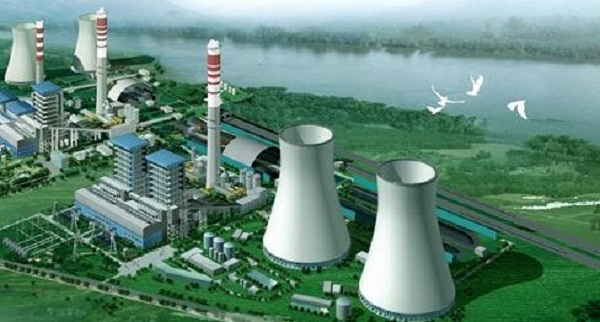The targets set for achieving self-sufficiency in energy needs of the country are quite high. The time lines set for the same are too tough. However with perfect planning, clinical execution, complete transparency and committed approach, the magic figure is very much achievable.
POWER is the most critical component of infrastructure – crucial to achieve desired economic growth in India. Electricity consumption in India has increased over the years and is expected to rise further in the coming years. In order to meet the increasing demand for electricity and propel the growth engine in the country, a massive addition to the installed generating capacity is required.
The government’s immediate goal is to generate two trillion units (kilowatt hours) of energy by 2019. This means doubling the current production capacity to provide round the clock electricity. The task is big. The installed power capacity in India is expected to reach 350 gigawatts by 2022. However, to achieve this global and domestic companies are engaged to generate 266 GW of solar, wind, mini-hydel and biomass-based power in India over the next 5–10 years. Saubhagya Yojana programme to provide electricity to all 29,376 villages and over 280 million LED bulbs distribution to consumers in India under Unnati Jyoti, to achieve 175 GW capacity in renewable energy by 2022, ‘Rent a Roof’ policy, 10-year tax exemption for solar energy projects are the landmark programms initiated by Government of India to boost the Indian Power Sector.
Achievement of all the above is directly proportinate to the success in the field of electrical machinery sector consists of generation, transmission and distribution.

A few years back this sector was plagued with anamaloies like transmission and distribution inefficiencies along with government policy paralysis that used the sector for vote fishing. Issues in power generation in coal sector such as lack of private investment and low plant load factor due to shortage and poor quality of coal supplied, the issues in transmission sector as tariff design, right of way, Investment in the sector and allocation of transmission corridor to exchange the power prooved to be the hindrences in the power sector growth in India. Moreover as much as 25 to 35% of the generated power is lost in transmission as compared to a maximum of 5% in China and South Korea.
Still reduction of distribution losses is a major issue in Indian Power sector. This is mainly due to lack of state-of-the-art infrastructure which need immediate attention.
The Reforms in electricity sector should be focused on organizational changes, brought competition in Generation, Transmission and Distribution Sectors and introduced Regulations. Strong and consistent energy policy is critical to cope up with the challenges in Power Sector. Though the Government of India has de-licensed the electrical machinery industry and has allowed 100 per cent FDI in the sector and has set up the Electrical Equipment Skill Development Council (EESDC) which would focus on identifying critical manufacturing skills required for the electrical machinery industry, the Power sector still needs to undergo a lot of institutional changes, introduce energy policies and emulate the organizations with global practices.
As it stands now, the Indian Power Sector is wrought with issues and challenges but at the same time there are plenty of opportunities. The initiatives announced by the government has started yielding results towards Energy Rich India. The next five years are very crucial. The targets set for achieving self-sufficiency in energy needs of the country are quite high. The time lines set for the same are too tough. However with perfect planning, clinical execution, complete transparency and committed approach, the magic figure is very much achievable.








